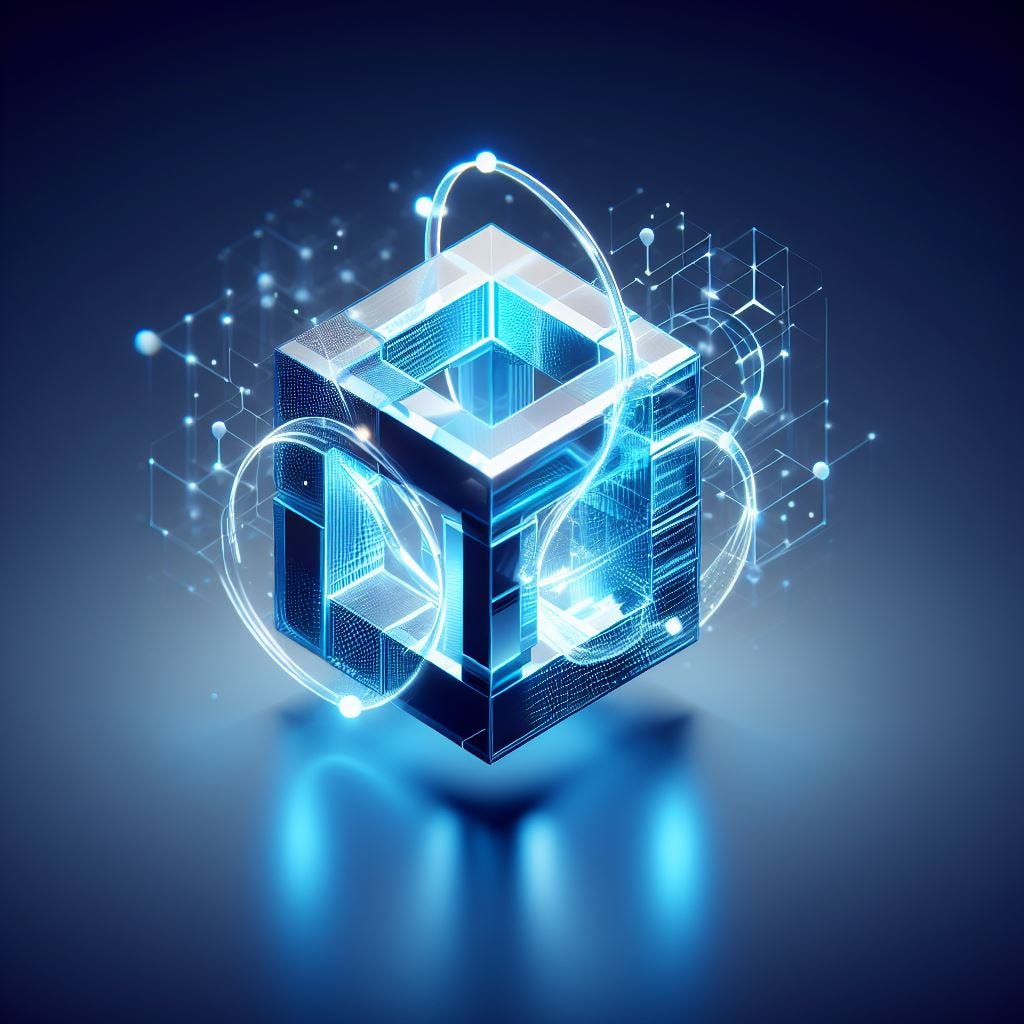In this newsletter, we delve into the realms of blockchain, digital economic policies, and noteworthy advancements in science and technology. Our focus is on delivering content that truly matters, eliminating the need to sift through multiple websites and news channels. We offer two editions, one weekly and one monthly, with ongoing evolution based on your feedback.
As we grow, we have plans to introduce content in the quantitative finance domain, tailored to our readers' preferences. Until then, we invite you to enjoy our curated newsletter, bringing you the essential updates in the world of blockchain, digital economics, and cutting-edge science and technology.
TABLE OF CONTENT:
Blockchain And digital currency 💻💰
Scientific advancements 🧪⚙️
1. BLOCKCHAIN AND DIGITAL CURRENCY
GSBN partners Ant’s ZAN to tokenize bills of lading
Hong Kong’s Global Shipping Business Network (GSBN) and Ant Group’s ZAN are partnering to tokenize bills of lading using blockchain, aiming to revolutionize the $23.8 trillion global trade finance sector. GSBN, a non-profit consortium with major shipping carriers, and Ant Group's ZAN plan to create a proof of concept by year-end. The initiative could address the $2.5 trillion trade finance gap and foster competition among funders. Efforts to digitize trade processes, particularly electronic bills of lading (eBL), have gained traction, with the Digital Container Shipping Association securing commitments for widespread eBL adoption. Interoperability among the existing ten eBL solutions remains a challenge, but GSBN's CEO Bertrand Chen is optimistic about achieving a solution within the year, emphasizing Hong Kong's supportive environment for web3 initiatives. The push towards eBL also aims to enhance trust, reduce fraud, and establish a digital trail in the trade ecosystem.
Siemens Became the first to use JPM coin, Citi and HSBC leaning into token deposit
Siemens has become the first client of JPMorgan to utilize the new programmable payment feature of JPM Coin, a blockchain-based bank account. Programmable payments enable more flexible rules than traditional conditional payments, and JPMorgan offers an "If-This-Then-That" interface through its online treasury portal. Siemens aims to enhance automation, optimize working capital use, and support data-driven digital business models.
The feature allows specifying rules for topping up a bank account in case of a shortfall and responding to events like margin calls or delivery of assets. JPM Coin, initially trialed in 2019, processes over $1 billion in payments daily. FedEx and Cargill plan to implement the feature in the coming weeks. JPMorgan is pioneering programmable treasury solutions, signaling a broader movement toward tokenized deposits in the banking sector.
Tether Issues $610M Debt Financing to Bitcoin Miner Northern Data
Tether, the stablecoin issuer, is extending its commitment to Bitcoin mining by providing a significant debt facility of $610 million to German-based BTC mining company Northern Data AG. The debt financing, announced on November 2, is aimed at supporting Northern Data's various business lines, including its artificial intelligence cloud service provider, Ardent Data Centers, and Peak Mining – the company's mining business. The funds will be used to acquire additional hardware and scale Bitcoin mining operations using liquid-cooling mining technology. The unsecured debt facility, set at standard market conditions, has a term until January 1, 2030. Tether's CEO Paolo Ardoino clarified that the loan facility, drawn throughout 2024, will be covered by the company's profits, separate from Tether's stablecoin consolidated reserves.
2. SCIENTIFIC ADVANCEMENTS
Atomic Dance Induces Magnetization: Leveraging Chiral Phonons for Quantum Effects
Researchers at Rice University have achieved magnetization in a paramagnetic material, cerium fluoride, by manipulating the spins of electrons through the circular motion of atoms. Using ultrafast light pulses, the atomic lattice of cerium fluoride was set into a corkscrew-shaped vibration known as a chiral phonon, causing the spins of electrons to align with the atomic rotation. This alignment, typically requiring a powerful magnetic field, occurred due to the chiral movement of the atomic lattice, polarizing the spins as if exposed to a strong magnetic field. Although the effect was short-lived, the force aligning the spins outlasted the light pulse duration. The study explores the impact of chiral phonons on a material's electrical, optical, and magnetic properties, shedding light on spin-phonon coupling with potential applications in data storage and future engineering of dynamic materials.


